There are many variables for producing wine, and the yeast strain used is no exception. The yeast strain you use will significantly impact the finished product and how long it takes to ferment your wine. We all know how vital yeast is in brewing beer. Beer is an alcoholic beverage brewed from malted barley and flavored with hops.
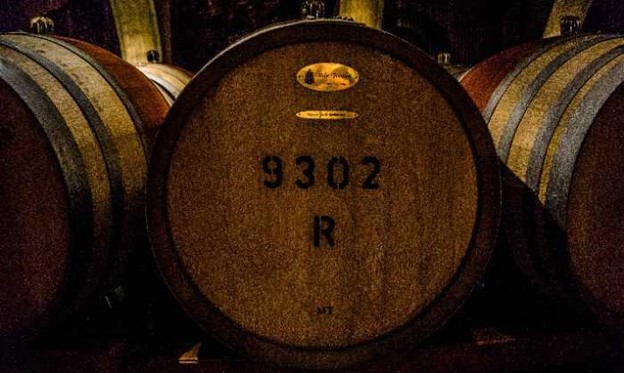
In winemaking as well, yeast plays an important role. Different yeasts have different capabilities and will produce different flavors. If you’re new to wine and brewing or have limited experience with both, it’s crucial to have a basic understanding of yeast strains. This article will explore the different types of wine yeast, their properties, and potential applications.
How Yeasts Work in Wine-Making
The yeast used for making wine is crucial to the result. The yeast strains used for winemaking are generally the same as those used to produce bread and beer. Few examples of how yeast is used in the industry, but it’s the key player responsible for fermentation here in the winemaking process.
The yeasts used for winemaking are specific to the type of wine made. There are many different types of yeasts, and each one has other characteristics and potential applications.
Types of Yeast for Wine-Making
There are several types of yeast used to make wine. Some of the common ones are:
Red Wine Yeast
The strain is for making red wines such as Cabernet Sauvignon, Merlot, and Pinot Noir. As its name implies, it is for red wines. It produces a distinctly fruity taste and a clean taste, and low acidic levels.
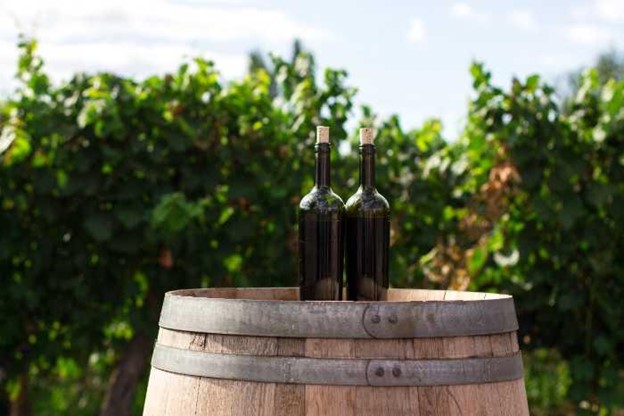
This strain produces low levels of acetaldehyde, a chemical responsible for the characteristic taste of nail polish. It also has low levels of sulfur compounds, responsible for the smell of rotten eggs. These compounds are unwanted in red wines and can give them an uninviting taste.
White Wine Yeast
While yeast is for producing white wines, its primary function is to create a clean taste, free from any unwanted aromas or off-flavors. It is for sparkling wines and sparkling beverages.
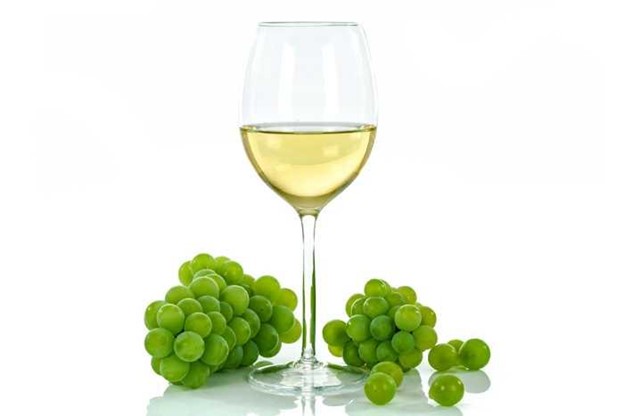
This strain is for making sparkling wine and sparkling cider. Sparkling wines and ciders are the products of fermented grapes that have carbonated after fermentation from dry yeast.
Rosé Yeast
This brewer’s yeast mainly helps produce Rosé wines such as rose petals and fruit. This strain is a sub-type of White Wine Yeast with slightly different characteristics that give it unique properties. It produces lower acetaldehyde levels and higher levels of esters than White Wine yeast.
Champagne Yeast
This yeast is from the Champagne region of France, this yeast is for making the well-known sparkling wine. It is also for making other sparkling wines and beverages. It produces a high level of carbonation from the yeast nutrients to the grape juice.
How much Yeast for 1 Gallon of Wine?
Beer yeasts usually ferment between 18-24 hours, while wine yeasts generally ferment between 5-14 days. The fermentation time for each type of yeast will vary depending on the temperature in the fermentation vessel and the ambient temperature.
If you’re looking to ferment 1 gallon of wine, you’ll want to use between 1/2 – 1 pound of yeast. White wines generally ferment at lower temperatures, with fermentation taking 6-8 days. Red wines ferment typically at higher temperatures, with fermentation taking 5-6 days.
Any wine yeast will work for either type, but the red and white wine yeasts are the most commonly used. The red wine yeast will produce a fruity and clean-tasting wine, while the white wine yeast will produce a clean and aromatic wine.
How to Select and Use Wine Yeast
It would be best to consider a few things before choosing the suitable yeast for your wine. Check out the following for all gallons of wine;
- Select the correct type of yeast: Red and white wine yeasts are the most commonly used types of wine yeast. There are many different strains of these yeasts, considered for their specific functions.
- Check the expiration date: Yeast is perishable and will decay over time. When you first open a jar of yeast, it will have a shelf life of 12 months, but it will be unsafe to use after this time. To ensure you’re getting fresh yeast, check the expiration date.
- Check for mold: When you first open a jar of yeast, check the bottom of the container for any signs of decay. If you do find any, do not use that yeast.
- Check the active ingredient: Yeast comes in different grades with different active ingredients. The best yeast will have a higher percentage of the active ingredient, ensuring you’re getting a suitable degree.
- Use the yeast within six months: Yeast cannot be used after the expiration date. Once the yeast is no longer usable, it should be disposed of properly. Otherwise, you can use it in your compost or a jam jar to ferment food scraps. Please note that too much yeast is not ideal for wine making. However, how much sugar you use would play a vital role in fermentation.
Can You Drink Wine That Is Still Fermenting?
Most commercial wine is bottled and sealed before fermentation begins. It will ensure that the wine stays bottled until it is ready to be consumed. If you have a bottle of wine that is not open, you can use it as is.
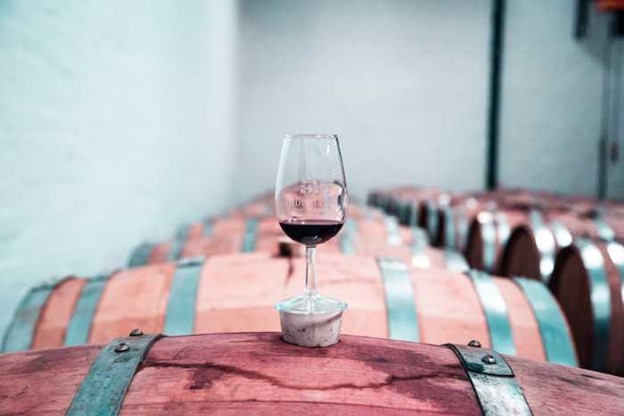
If the dry wine is open, it is still fermenting and unsafe to consume. Even if there is sealing, the wine yeast will continue to live and grow in the bottle, creating a gas or strong odor that can affect your health and well-being. But the question remains how many grams of yeast can fit one whole packet?
It is important to note that some yeasts live longer than others. Red wine yeasts can live for up to a week, while white wine yeasts can live for two weeks. Depending on how long your wine has been fermenting, it is still potentially dangerous to drink unless you can stop fermentation. However, one to three pounds.
When To Use What Type Of Yeast?
- Sparkling wines often have carbonation added to them to make them more transparent and refreshing by using sparkling wine yeast.
- Ciders are often made from apples or pears and are very sweet and juicy, so sparkling cider yeasts are often used for this type of wine.
- Dry wines – Most dry red wines are unoaked and can be left as is. Dry white wines are often sweet and need additional sweetness, so champagne yeast is often in use to make dry white wines.
- Sweet wines are often fortified with sugar and need the additional sweetness. That is why sugar yeast is for making sweet wines.
- Carbonated beverages – Sparkling and sparkling drinks are for enhancing carbonation. It is made with sparkling wine yeast.
How to Use Wine Yeast For Better Wine Results
Add the yeast after fermentation – Wait until the wine has finished fermenting before adding the yeast. Adding the yeast before the wine has finished fermenting will kill off the yeast and prevent your wine from fermenting from the remaining yeast and sugar levels. Good yeast nutrient adds more sugar to the wine.
Use plastic fermentation buckets – Plastic fermentation buckets are the safest way to ferment wine. The oxygen in the air will not affect the safety of the yeast.
Store the yeast in the fridge – Yeast is perishable, so make sure it is better to store in the refrigerator.
Use half a cake – A half cake of yeast is enough for one gallon of wine. It will ensure that the yeast is fresh and that you do not risk contaminating it with other bacteria or mold.
Do not refrigerate the wine – This is important because the yeast will die if you cool the wine. If you want to store the wine somewhere else, make sure that the temperature is between 70-and 75 degrees.
Can You Drink Wine That Is Still Fermenting?
The best way to determine whether your wine is still fermenting is to look for bubble-like formations on top of the wine. If you see these bubbles, the wine is still fermenting.
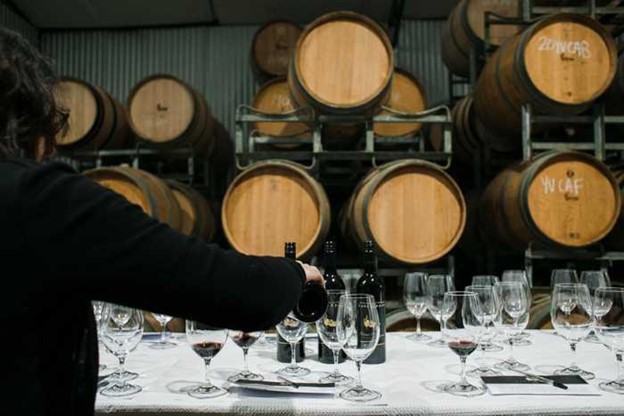
If you do not see the bubbles, then it means that the wine has finished fermenting and that you can now add the yeast to start the second fermentation process.
Conclusion
Making wine at home is relatively easy, but it can also be dangerous if you don’t know what you are doing. That is why it is essential to understand the process of making wine before you start making your own.
This guide will help you understand the process of making wine at home and will help you avoid some common mistakes that first-time winemakers make.

